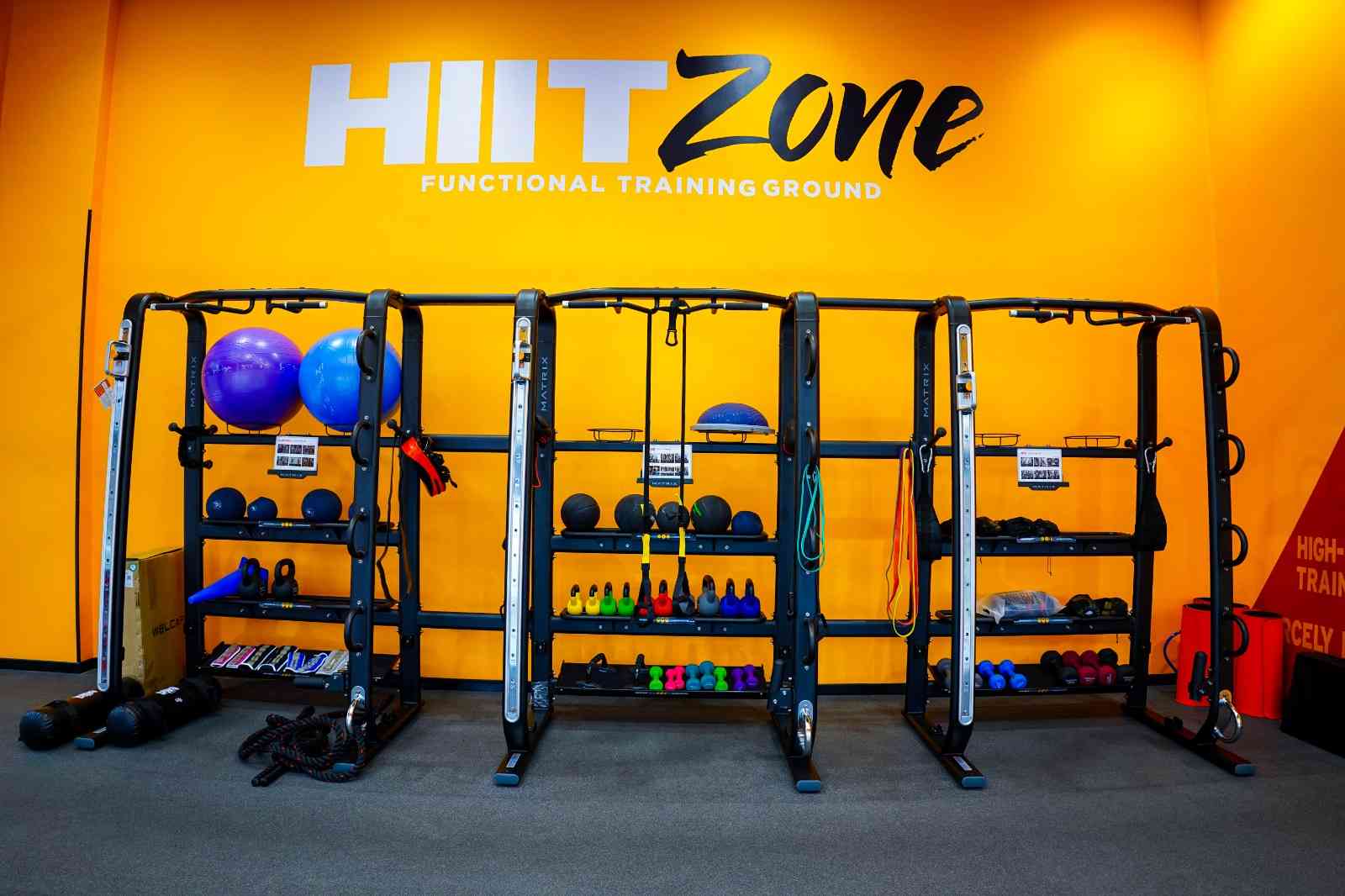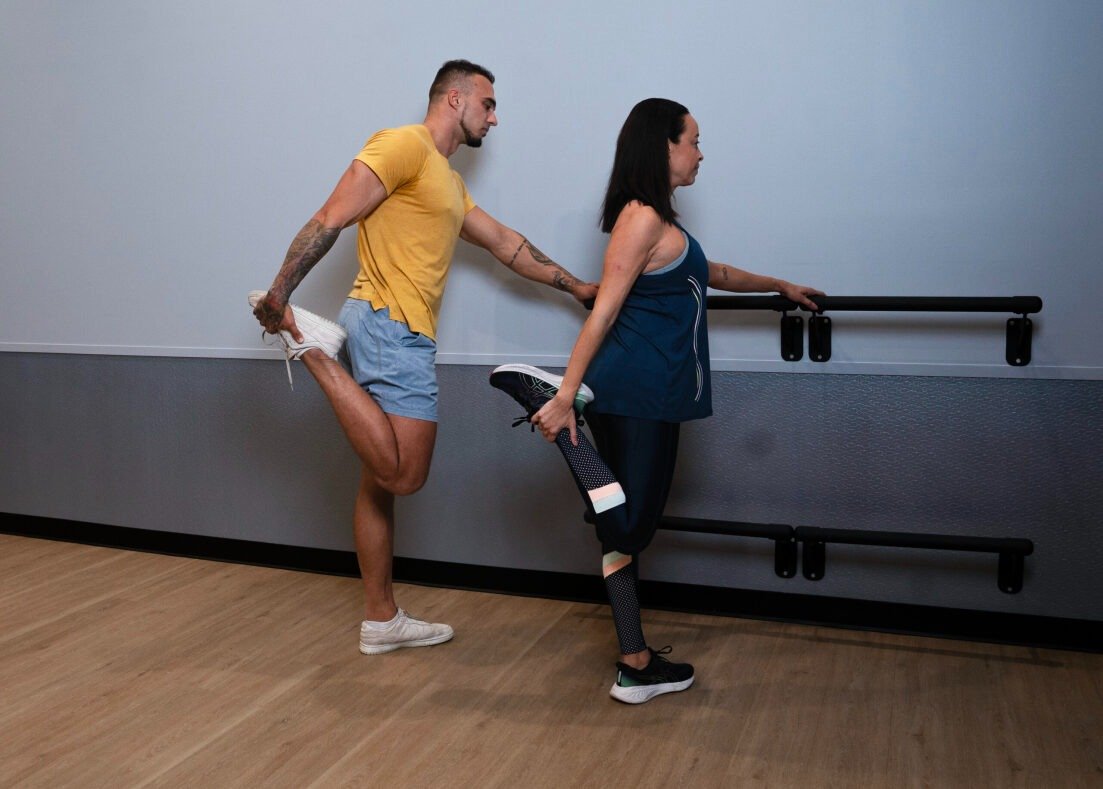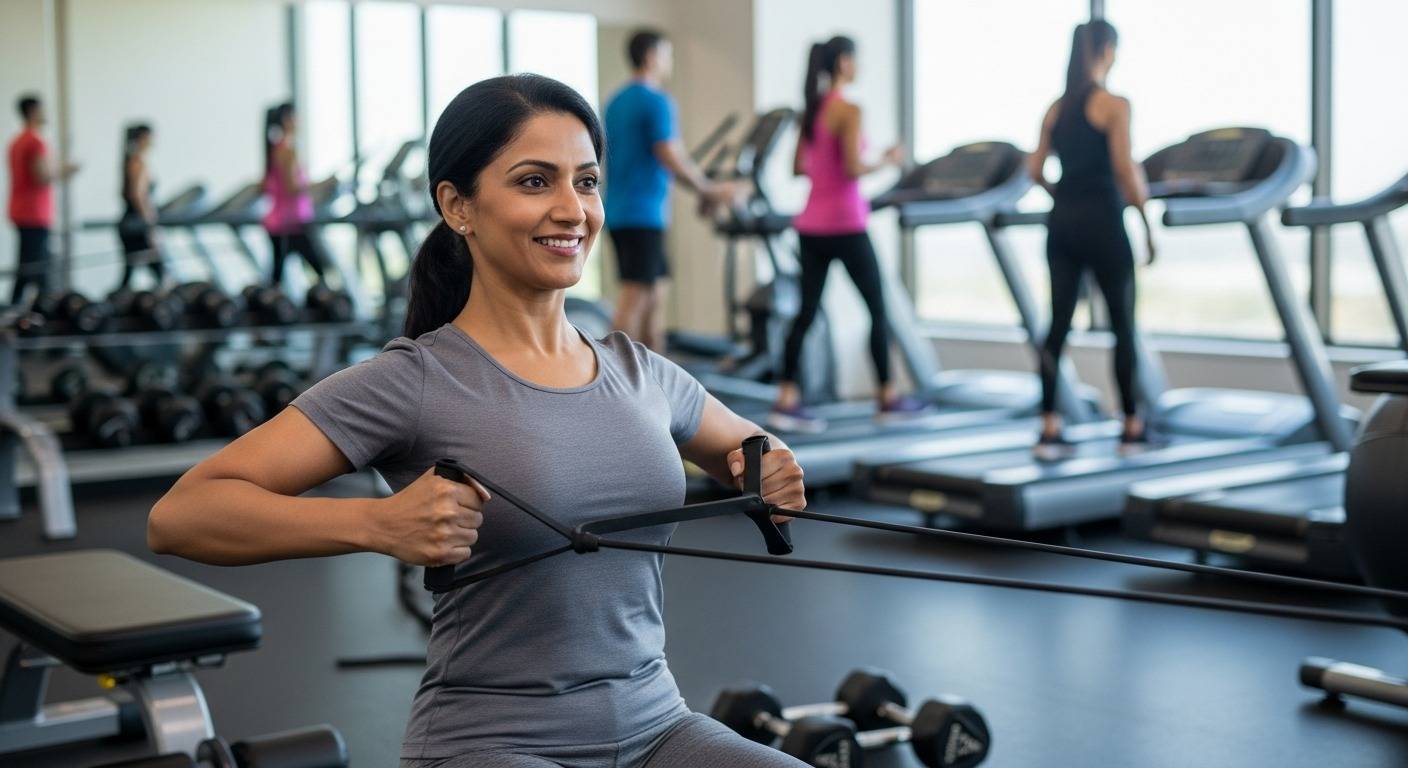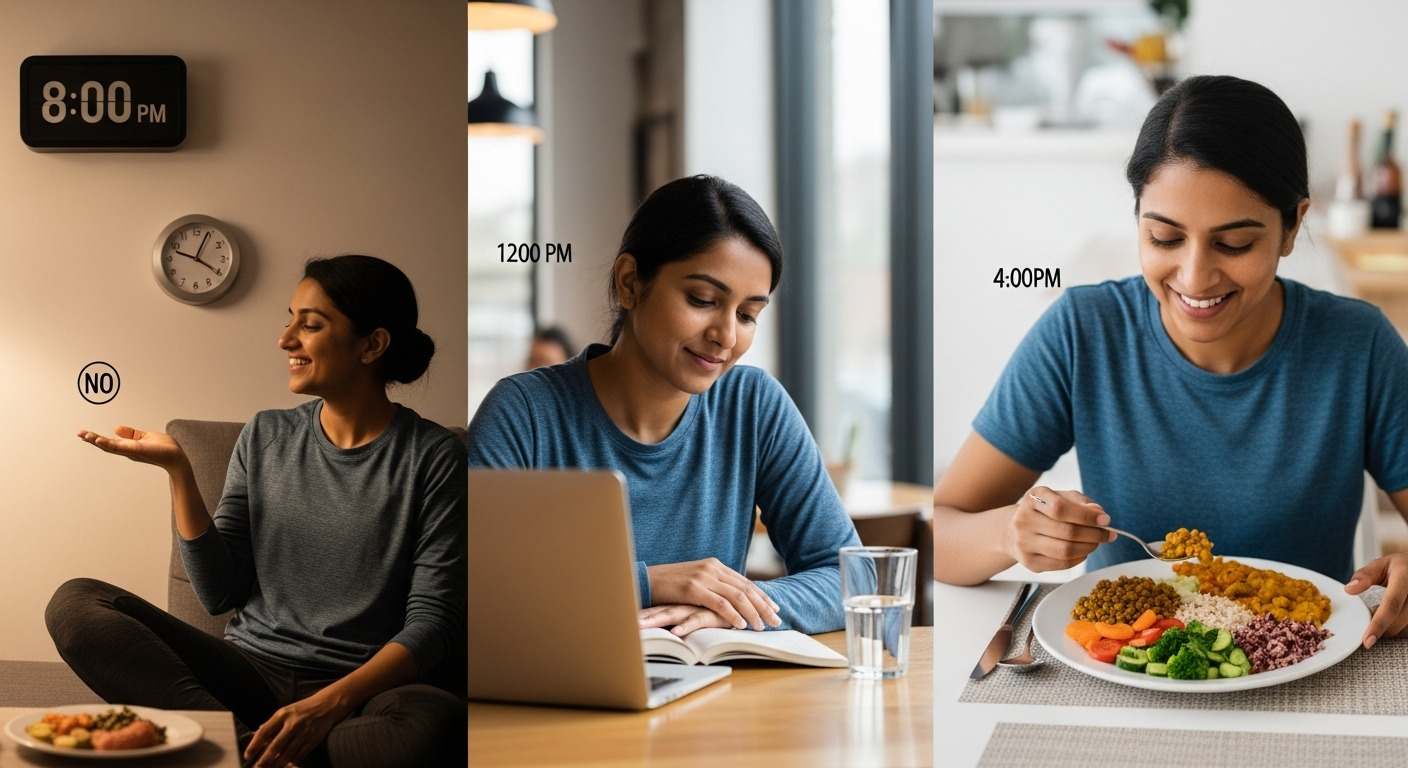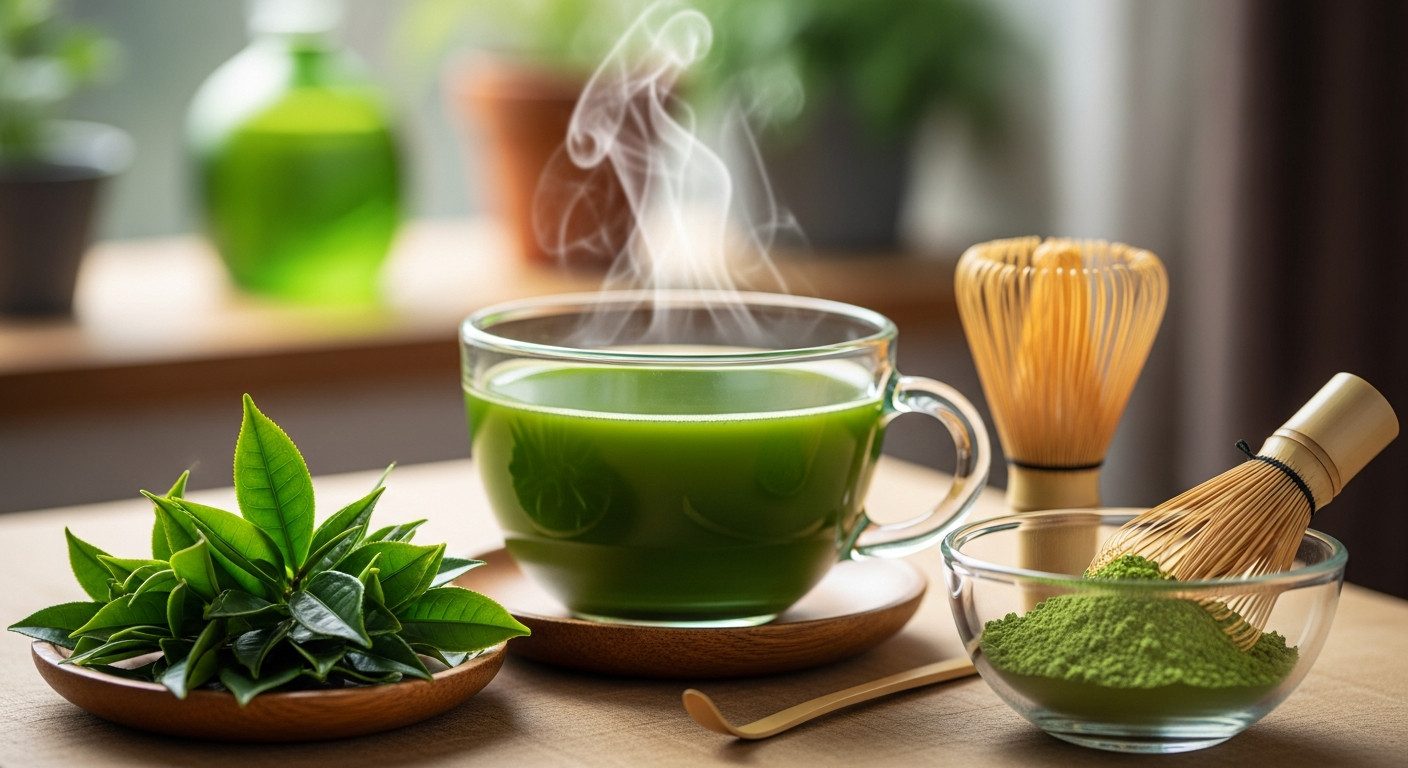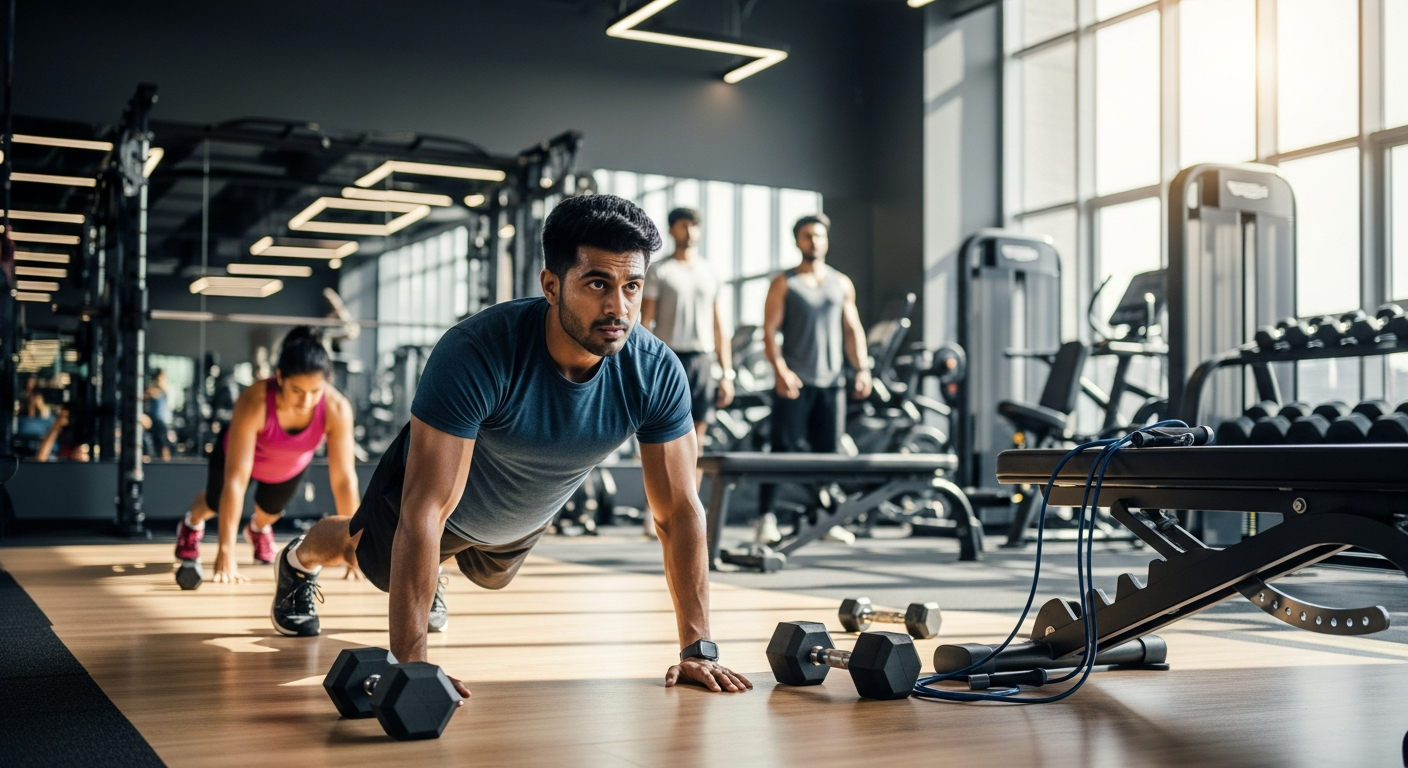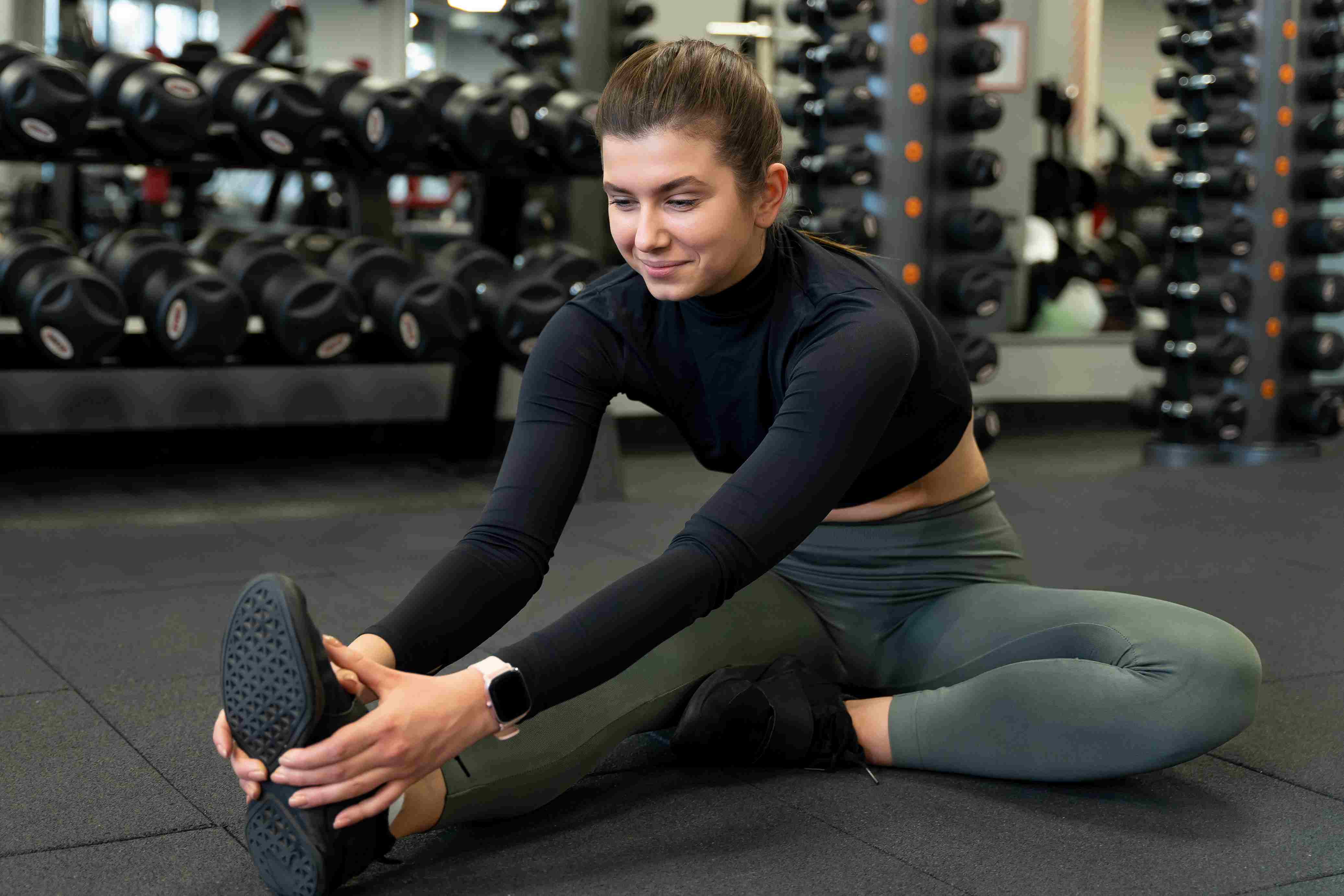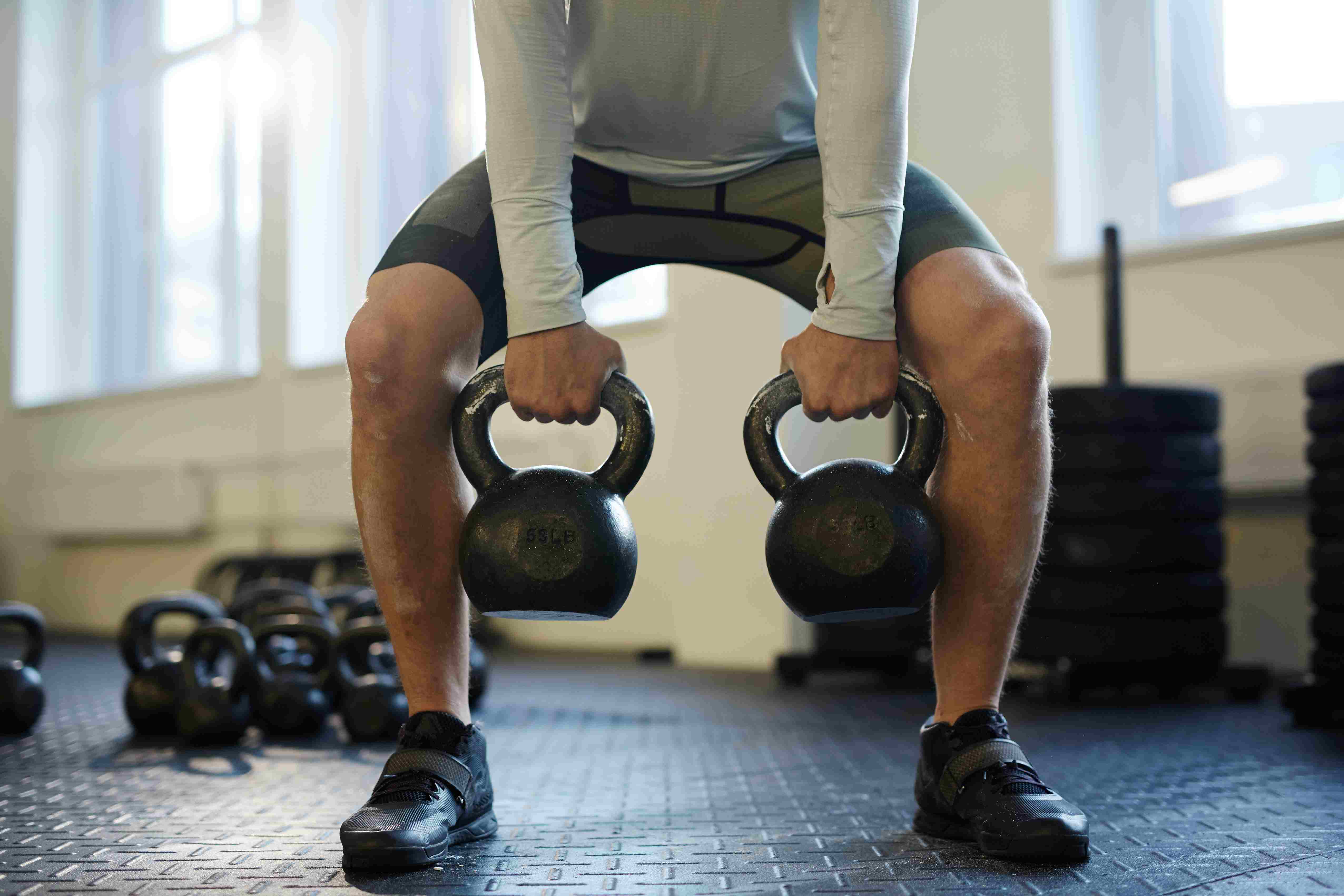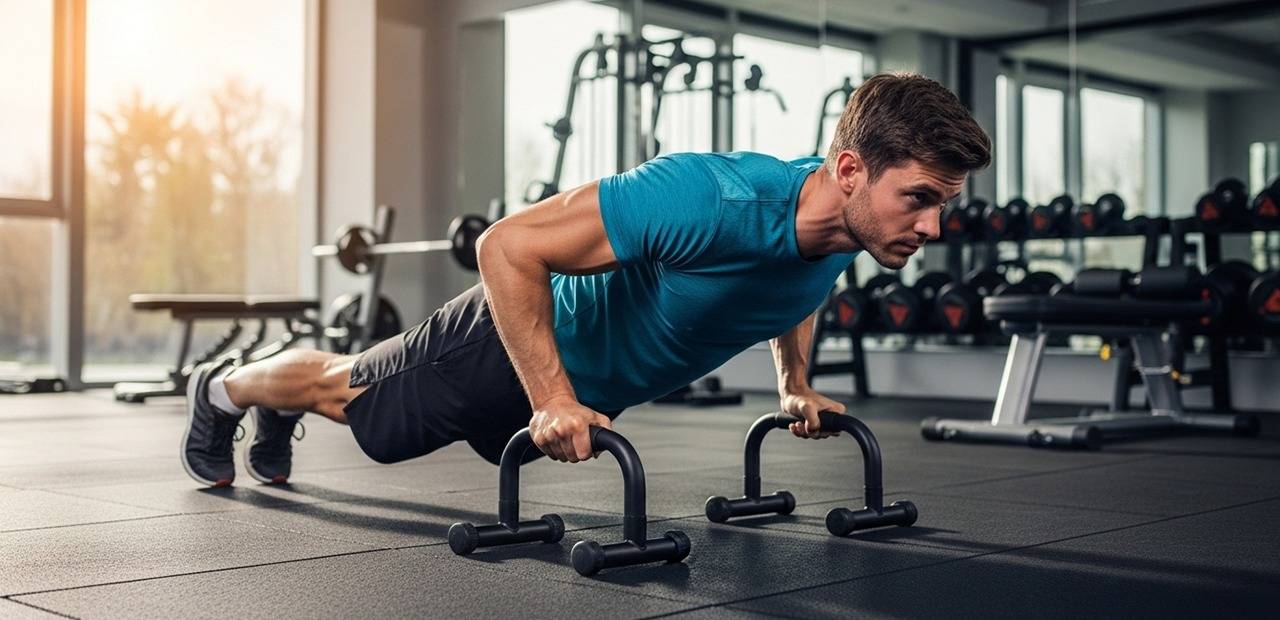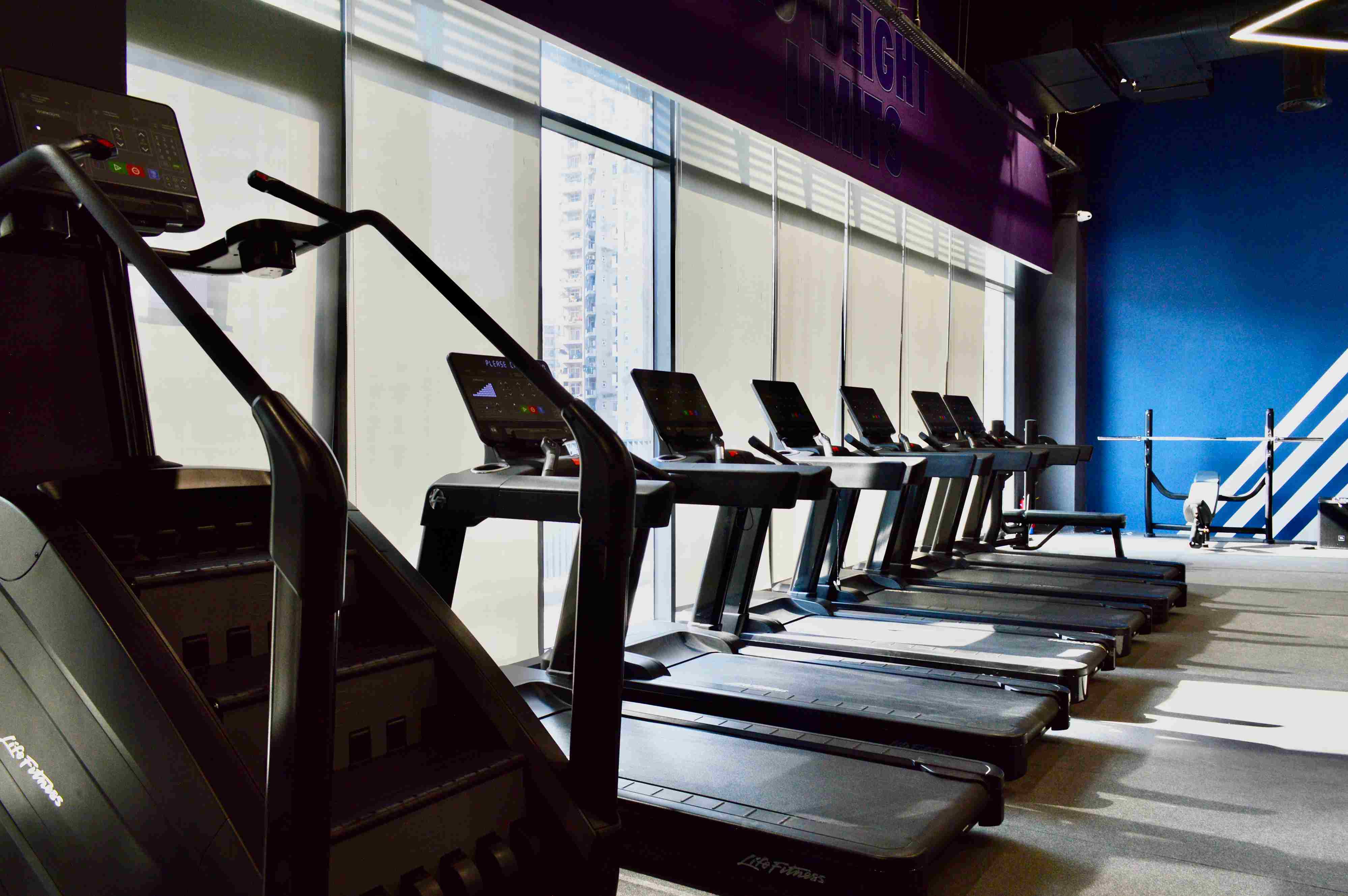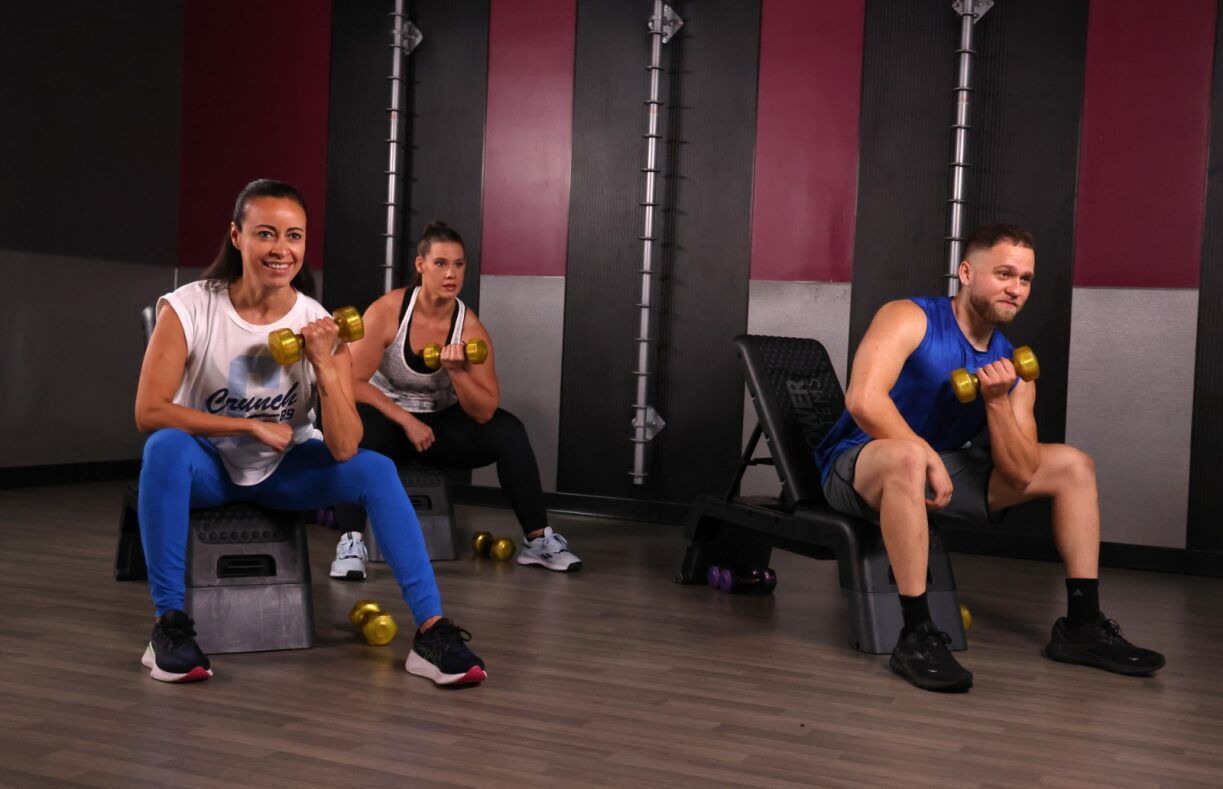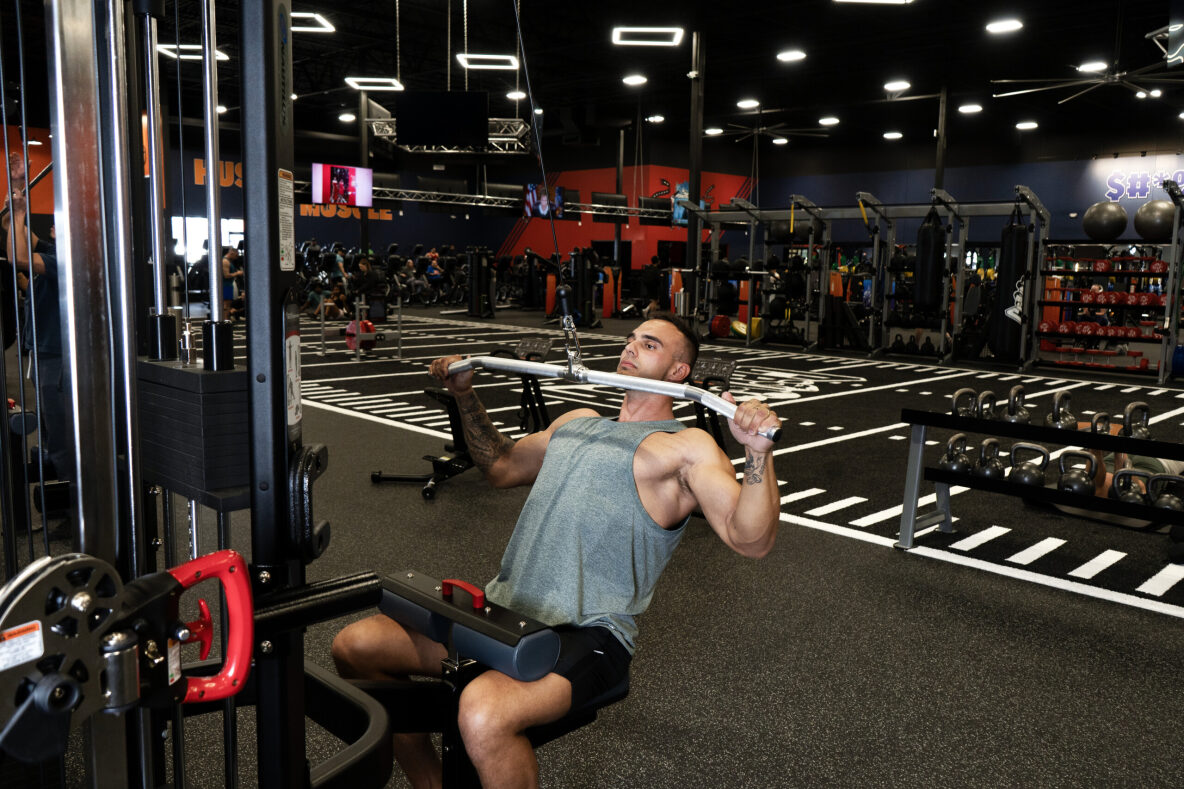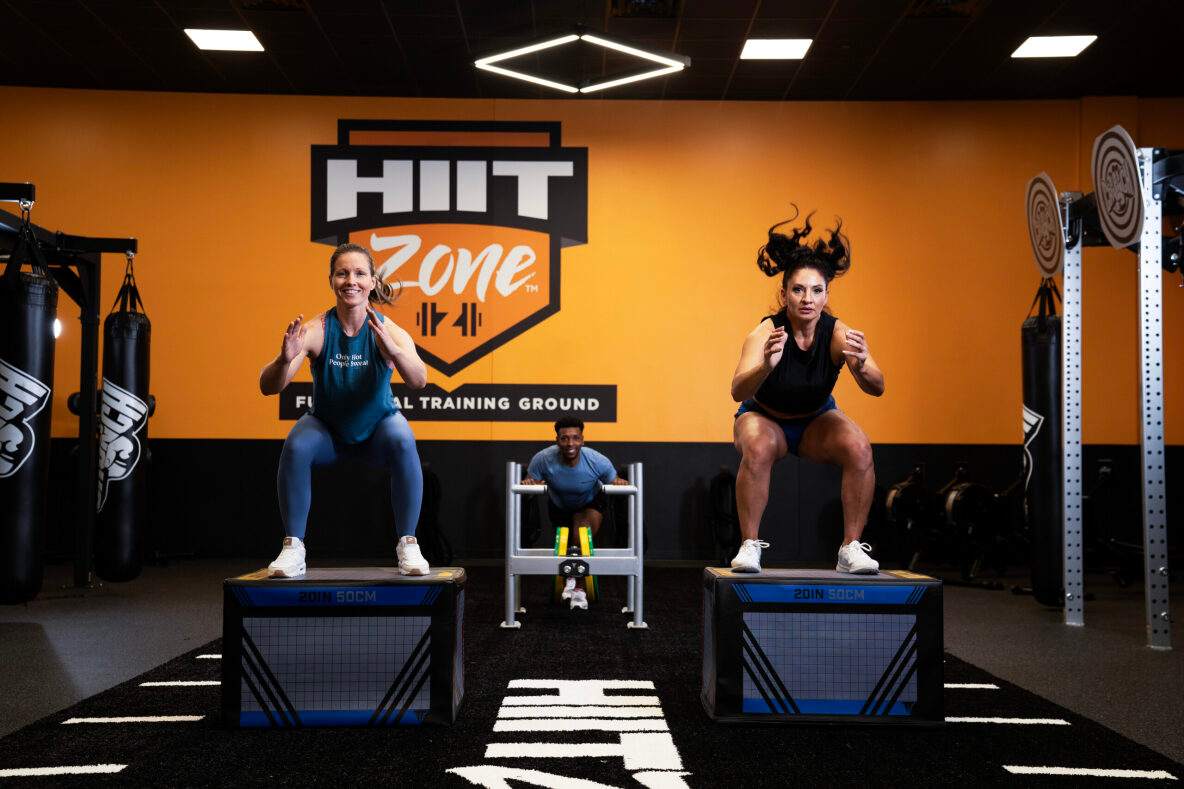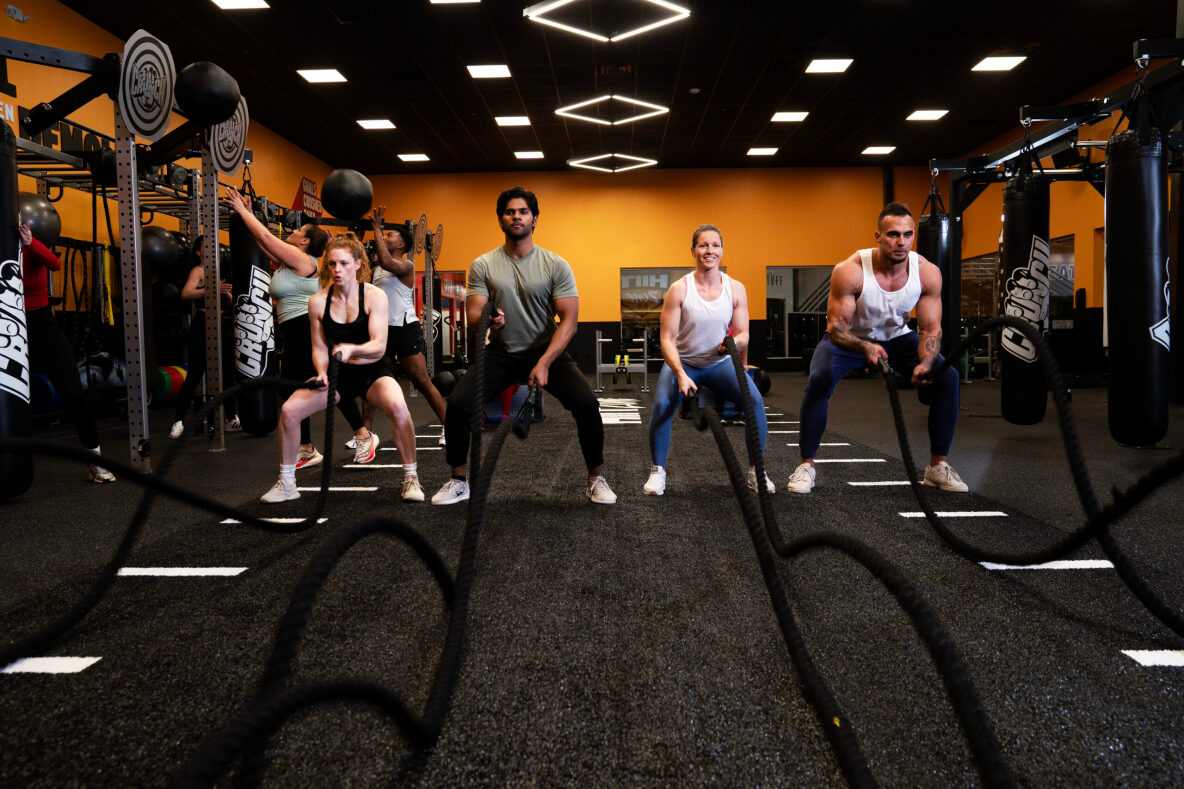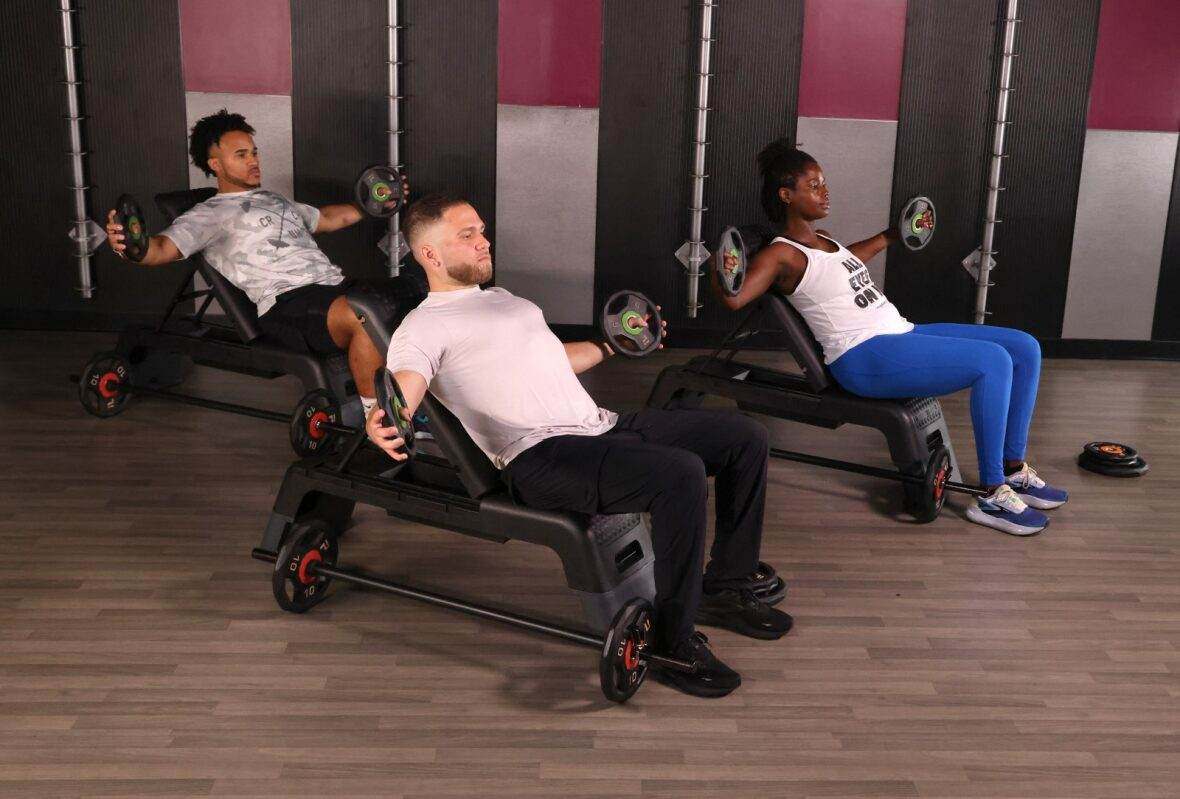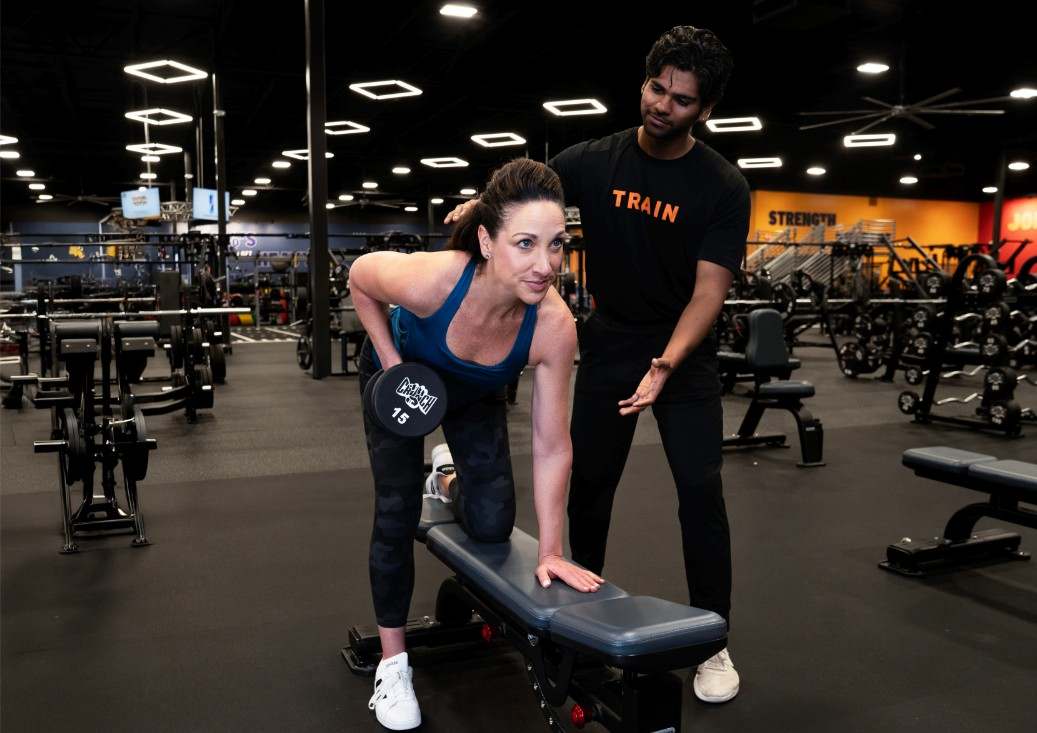Advanced yoga is not a show of strength and agility; rather it is about subtlety, coming to terms with oneself, and inner investigation.
It is now a transition to move your practice from a mere workout to a deep exploration of total mind-body wellness.
This stage of training actually transcends the mat and opts for higher goals by using complex methods to rewire your nervous system, raise your awareness level and be in total harmony with yourself.
Let’s see how you can add advanced yoga to your routine and get the most out of it!
From Beginner Flow to Inner Mastery: The Evolution of a Yogi
Sure, not one yoga journey is without the first step which is always curiosity.
Initially, it is all about perfecting the poses — holding your plank, finding balance in tree pose, breath, and movement harmony. However, as your journey unfolds, a different aspect comes to light.
It is the realization that breathing influences thinking.
That stillness can have more 'power' than strength.
Advanced yoga is a very different thing it is actually the 'awareness' level and not the 'flexibility' one from which it is all begun.
Advanced Yoga Techniques for Mind-Body Harmony
Let’s see what are the key elements of yoga and what makes it ‘advanced’:
1. Reframing the 'Advanced' Mindset
Don’t get caught up in the misconception that higher yoga is simply a discipline of mastering difficult postures; it’s not about a competition of numbers.
The true difference between an average yogi and a master yogi lies in the way of their movement and the quality of the energy they bring.
They are always steady and peaceful—sthira and sukha—even when the going gets tough, on or off the mat.
The practitioners’ bodies quietly and subtly make small adjustments, maintaining the ideal of alignment. You sense the unstoppable energy flowing.
And as far as the breath goes, they’ve got it fully tuned. Even the most complex breathing techniques seem to be a walk in the park for them.
The extremely delicate Pranayama (breath control) is done along with the difficult movements effortlessly.
2. The Power of Advanced Pranayama (Breathwork)
Ujjayi, or Victorious Breath, is merely the opening line. Alongside this, there are many Pranayama practices, each of them being capable of conducting energy through you (the Nadis) and calming your thoughts.
Nadi Shodhana (Alternate Nostril)
Consider Nadi Shodhana for instance—alternate nostril breathing plus super-long holds (Kumbhaka). This one balances the brain really well, bringing the soothing, lunar half together with the bright, solar half.
Bhastrika (Bellows Breath)
Sharp, fast, continuous breathing. It is the type of breathing that really elevates your internal temperature, making you sweat out the unnecessary and energizing you, the buzzing feeling.
Sama Vritti (Equal Ratio)
Lengthening the inhale, exhale, and retention (e.g.10-10-10-10 counts)
3. Integrating Bandhas and Mudras (Energy Locks and Seals)
Bandhas (locks) and Mudras (seals) are precise muscle contractions and gestures that are used to redirect Prana (life force energy) within the body.
Mula Bandha (Root Lock)
The pelvic floor is the area that is contracted. Besides giving the energy the function of anchoring and lifting, it also provides security in inversions and arm balances by the principle of stabilizing.
Uddiyana Bandha (Abdominal Lock)
The abdomen is sharply drawn inward and upward under the rib cage. The process is a digestive organ workout which the Manipura Chakra (Power Center) is also getting stimulated.
Jalandhara Bandha (Throat Lock)
The chin is being gently tucked towards the chest. The control of Prana to the head is very much regulated, as well as the thyroid gland is calmed.
4. Advanced Asana as Moving Meditation
At an advanced level, difficult poses such as handstand (Adho Mukha Vrksasana), forearm stand (Pincha Mayurasana), or deep backbend are not the end of the road.
Drishti (Gazing Point)
Your gaze should be fixed and never wavering. This is what stabilizes the mind and keeps it from going off track.
The Moment of Balance
The time, however brief, in which you hold an inversion or a deep twist, calls for absolute presence.
5. The Ultimate Goal: Dharana and Dhyana (Concentration and Meditation)
Eventually, the advanced physical practice serves the body and mind as a main preparatory work for the higher limbs of yoga: concentration (Dharana) and meditation (Dhyana).
Through Asana one cleans the body and through Pranayama one calms the mind by use of Bandhas. As a result you become a person with a state of supreme inner equilibrium.
The transition to sitting meditation thus becomes very natural; in fact, it is stillness that you reach quickly and deeply.
Adding ‘Advanced Yoga’ To Your Daily Life
These practices can make your regular life better:
The ‘Intention’ Behind The Practice
Of course, physical fitness is appealing, but concentrate on how you feel within. Get in touch with your own balance and develop your awareness.
Make Breathwork Your Number One Priority
It is not a lot of time, but it allows your mind to go through the process of clearing, settling, and just being.
When You Have Done It, Take A Break And Think About It
What was your body’s lesson today? What did your mind perceive? A little thankfulness is very effective.
And Do Not Try To Handle It All By Yourself
Look for a certified yoga instructor you can rely on. They will enable you to develop in a safe manner and you will know more than what you could through solo learning.
Advanced yoga is not a place that you arrive at after crossing a finish line. It is a continuous process that lasts the whole life. Each inhalation, each silent moment counts.
Taking the Next Step
Deeper your journey?
Experienced Teacher
Advanced techniques are risky if you do them wrong. So, get a qualified teacher who not only knows the energetic but also the anatomical aspects of advanced Pranayama and Bandhas.
Consistency
A short, focused, and advanced practice (Bandhas, breath, one challenging pose) every day will bring you much more results than a long one done once in a while.
Purpose
"Getting the pose" is not the reason why you practice. To know the self is the reason you practice.
Yoga Discipline
Embrace the discipline, trust the process, and let your advanced yoga practice become the catalyst for your complete mind-body transformation.
Conclusion
Advanced yoga is the art of deep integration, essentially taking the practice beyond a mere physical exercise to an internal science. Real mastery is not in the fancy and most complex Asanas but in the subtle refinement of your inner landscape. One can achieve direct control over their nervous system and mind when they deliberately perform advanced Pranayama, energize Bandhas, and use difficult postures as a focus for concentration (Dharana). It’s to develop a deeply strong and indestructible mind-body wellness. Be diligent, take lessons from qualified teachers, and it helps to know that the ultimate goal is to use the body's power to attain the mind's quietness which is a really holistic and higher state of being.
Frequently Asked Questions (FAQs)
Q1. What is advanced yoga?
Advanced yoga means a deep understanding and integration of the body and mind, not only mastering the most difficult poses or exceptional stretches. You will have the focus on the purity of the body, practice of breathwork (Pranayama) and the restriction of the energy called Bandhas. Indeed, the process takes place internally, in the muscles as well as in consciousness.
Q2. Which yoga pose is most advanced?
There is no unequivocal “most advanced” asana. The real transformation is not in performing the hardest shape, but in getting to know the stability (Sthira) and the comfort (Sukha) even in the case when you are challenged.
Q3. Which yoga is best for mind body connection?
Vinyasa flows and traditional Hatha do it in a great manner also any style that truly bonds breath with movement develops that mind-body link.
Q4. What type of yoga is best for mental health?
Pranayamas, Bandhas, Mudras and Asanas are great for your health: mind and body both.
Q5. Can 30 days of yoga change your body?
Yes. Within the first few days, you’ll notice positive changes in your mental health. And after that, you’ll see physical changes.
Explore More Articles
CLOSEST CLUB
Your Local Crunch Noida
SEE OUR MEMBERSHIP OPTIONS





